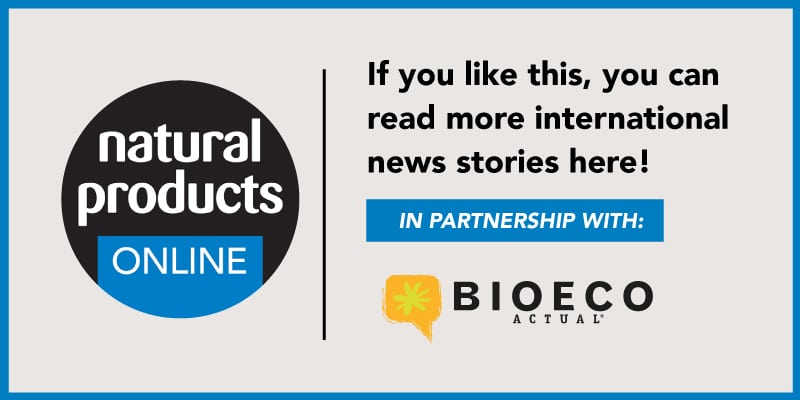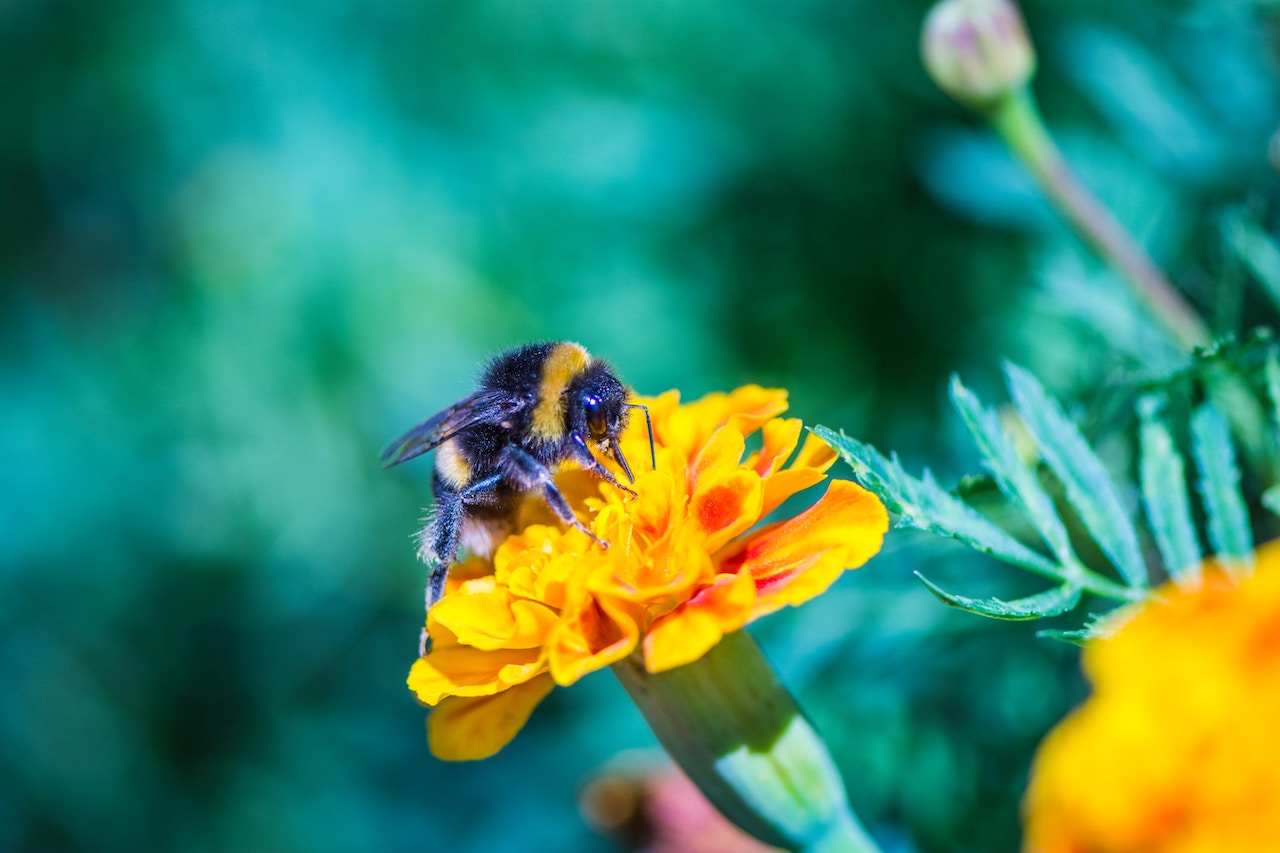As we step into 2025, the demand for ethical and high-performing natural beauty continues to shape one of the most dynamic sectors in the industry. From sustainability claims to AI-driven personalisation, the natural beauty market is evolving to meet the expectations of increasingly informed consumers. Valued at $13.17 billion in 2023, and with projected growth of 4.4% in 2024, the sector’s trajectory shows no signs of slowing. While Europe and North America concentrate 85% of natural product care sales, real growth is expected in Asia, with new launches being the key driving factor.
What drives today’s consumers?
Consumer concerns about the safety of petrochemical synthetics in cosmetics has been the long-term primary driver behind the natural beauty boom. While retailers are actively marketing clean beauty brands, the expansion of sales channels has played a pivotal role in making these products more accessible than ever – particularly, through the surge in online retailing since the coronavirus pandemic.
Gen Z is a key demographic driving innovation, as they prefer creative experiences such as AI-powered virtual try-ons and interactive storytelling in marketing campaigns. Their influence is evident in the rise of product launches that prioritise creativity and engagement. However, affordability remains a challenge. Rising inflation and cost of living pressures are affecting consumer spending power. Meanwhile, the sustainability narrative continues to resonate, but greenwashing persists, especially in regions like Asia, where use of self-declared “natural” logos prevails. Underscoring this use is the lack of an official definition for popular product specific claims like “natural” and “organic”, as well as the general growth of environmental claims. The increased risk of greenwashing underlines the importance of transparency as a pathway to offer trust to consumers.
Third-party certification still offers a verifiable basis to support product claims, but the adoption rates remain inconsistent. In Europe, 55% of natural personal care products are certified – accounting for two-thirds of natural and organic cosmetic sales in Germany and France – whereas in North America, the largest market globally, only about 8% of products are certified.
Third-party certification still offers a verifiable basis to support product claims
Trends to watch in 2025
Sustainability as a non-negotiable: While “sustainability” is often dismissed as buzzword, its importance remains undeniable. In fact, it has become a must for brands, as consumers increasingly expect eco-conscious and socially responsible practices. Studies show that over 30% of consumers prefer brands that align with their social or political values, while 25% actively boycott brands that fail to meet their ethical expectations. However, sustainability claims must go beyond marketing slogans and be substantiated with scientific evidence to build credibility and trust.
Wellbeing and high-performance products: The demand for products that enhance emotional wellbeing, and comfort is set to grow in 2025. Consumers now expect highperformance products that offer both tangible benefits and long-term value. For instance, 40% of French adults believe that a beauty product that lasts a long time indicates that it is good value for money
The role of Artificial Intelligence (AI): AI is pushing the boundaries of beauty innovation. Hyper-personalisation is gaining traction, with technologies enabling tailored skincare products and AI-driven consultations. Notably, despite affordability being a key factor in purchase decisions, 28% of US consumers report being willing to pay more for hyper-personalised beauty products. Additionally, AI is expected to boost online sales significantly. In India, 78% of consumers familiar with AI say it makes it easier to shop for products online.
K-Beauty: Korean Beauty has revolutionized beauty standards. Known for its innovative formulations, light textures, and multi-step rituals, K-beauty remains a favourite, particularly among younger audiences. In 2022, South Korea was the fourth-largest exporter of cosmetics globally, surpassing Italy and on par with Germany, and behind France and the United States.
Besides the evolving market and consumer trends, at a policy level, the end of 2024 saw the start of the new European Commission. With the new political priorities in-place and competition back on the agenda, the first 100 days of the mandate look set to present a Clean Industrial Deal, a Circular Economy Act, and a new chemicals package including a simplification of REACH – the EU chemicals legislation. Furthermore, an EU Biotech Act is anticipated to make it easier to bring biotech from the laboratory to the factory and then onto the market. In support of these actions, an updated bioeconomy strategy is expected to support the establishment of a single market for sustainable products underpinned by innovation, bio-based materials, standardisation, product footprinting and labelling.
While Europe and North America concentrate 85% of natural product care sales, real growth is expected in Asia
Outside of emerging files, in 2025 we can expect the EU Cosmetics Regulation (CPR) to:
- Start a ‘fitness check’ evaluation from Q2.
- Continue discussions on how a constituent(s) of natural complex substances (i.e., plant extracts including essential oils) that receive a CMR 1 harmonised classification and labelling under CLP will be treated under Article 15(2).
- Deal with management of substances with potential endocrine disrupting properties under the CPR, particularly those classified in category 1 for human health under CLP.
- Aim to align the 2022 Commission Recommendation covering the definitions of nanomaterials.
- Evaluate consumer information by digital labelling.
Nevertheless, in terms of a timeline, any discussions started to evaluate the CPR in 2025 would not result in immediate changes since any potential publication would be from 2029 at the earliest.
In terms of existing files from the last political mandate we can also expect the outcome of the Green Claims Directive file and the entry into force of the Packaging and Packaging Waste Regulation. Overall, the new year looks set to be key to setting the foundations shaping the future framework for natural and organic cosmetics innovation, compliance and communication as we move towards to 2030.
Authors: Mark Smith, NATRUE Director, and Paula Gómez de Tejada, NATRUE Communications Officer
Published in the BIOFACH 2025 Bio Eco Actual Special Edition.
The article What’s driving the natural beauty market in 2025? appeared first on Bio Eco Actual.






